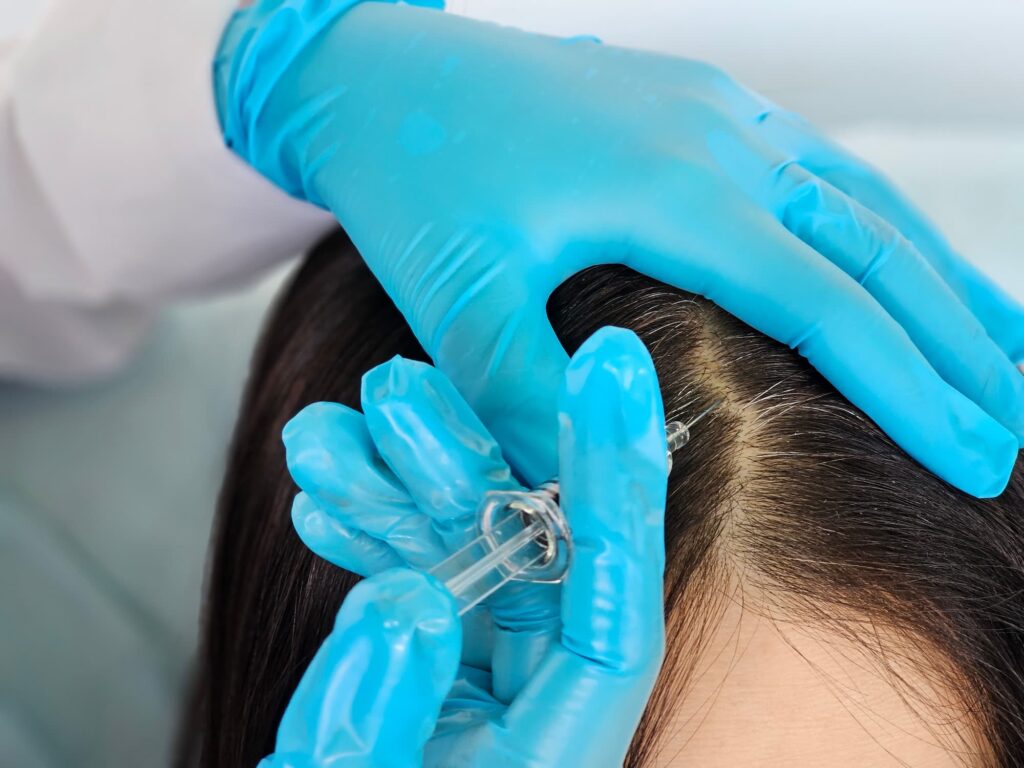I started hearing about PRP many years ago, when it was being studied for its healing properties in orthopedic surgery. But the history of PRP goes way beyond that. PRP’s origin story begins in the 1970s, when hematologists provided transfusions to patients who had low platelets. They found that the platelets could be replaced, but that the high concentration of platelets also had other healing properties.
Platelets are a type of blood cell known for their role in clot formation. When you get cut, the platelets are triggered to rush to the area and stick together to seal off the open part of the blood vessel and stop the bleeding. They have ways of sending and receiving complex signals, and also of recruiting other blood cells and healing factors to the area. In essence, platelets are the disaster recovery team of the blood, and they seem to have a wide range of wonderful powers.
Once platelets were recognized as being able to heal, they were widely studied and applied. In the last few decades, PRP has come to be used in everything from tendon injuries to tissue glues. It was then suggested that PRP might be helpful for hair loss, since it had such wide ranging regenerative properties. Well, this appears to indeed be true.
While we are not sure about all of the exact ways in which it does so, PRP appears to heal and stimulate the delicate hair follicles, and help regrow and reinforce them over time. Because treatment consists of a few small injections, there are no resultant scars, and essentially no down time involved. Because treatment uses the patient’s own blood, it is easy to access, renewable, and extremely low risk. It is also fairly simple to perform, since it is involves drawing some blood, separating out the platelets, and then simply re-injecting them into the area to be treated. It is also steroid-free, hormone-free, and can be repeated as many times as necessary. And the best part? It tends to be effective overall.
So what is the downside, if there is one? PRP will not work as well if the concentration of platelets is insufficient or not significantly higher than that of blood. Having an experienced practitioner will increase your chance of success with this therapy, which is important. The procedure is also considered cosmetic for hair loss purposes, and is therefore not generally covered by insurance. It also usually requires maintenance, and multiple treatments to get to the desired result. But, measured against the work and potential complications of most other procedures (namely transplants), this is a small price to pay for the high bang for your buck.
One of my favorite parts of PRP for hair loss is its applicability to any part of the scalp, and its usefulness for women’s hair loss in particular. Many treatments for women involve hormones with various risks, or procedures that could leave stigmatizing signs. Being able to create or restore general fullness with a few simple injections of your own blood cells really is a uniquely wonderful way to rejuvenate your scalp. And the best part is that, because we really do not understand all of the ways in which this therapy is working, there is a good chance it is doing other wonderful things at the same time.


